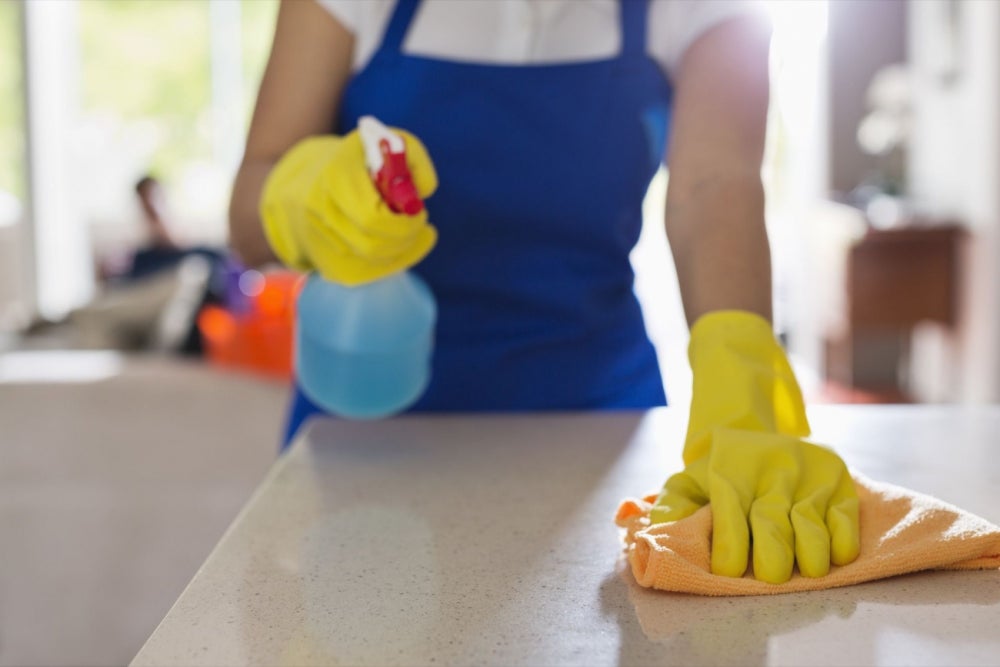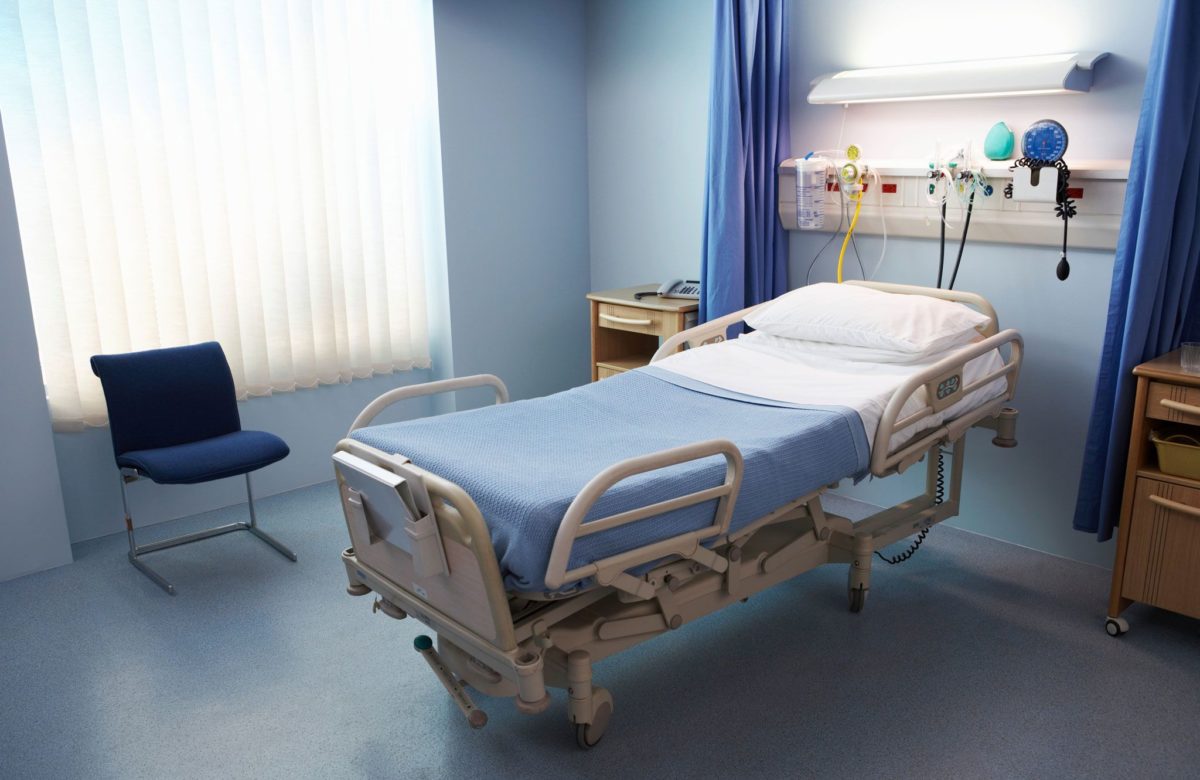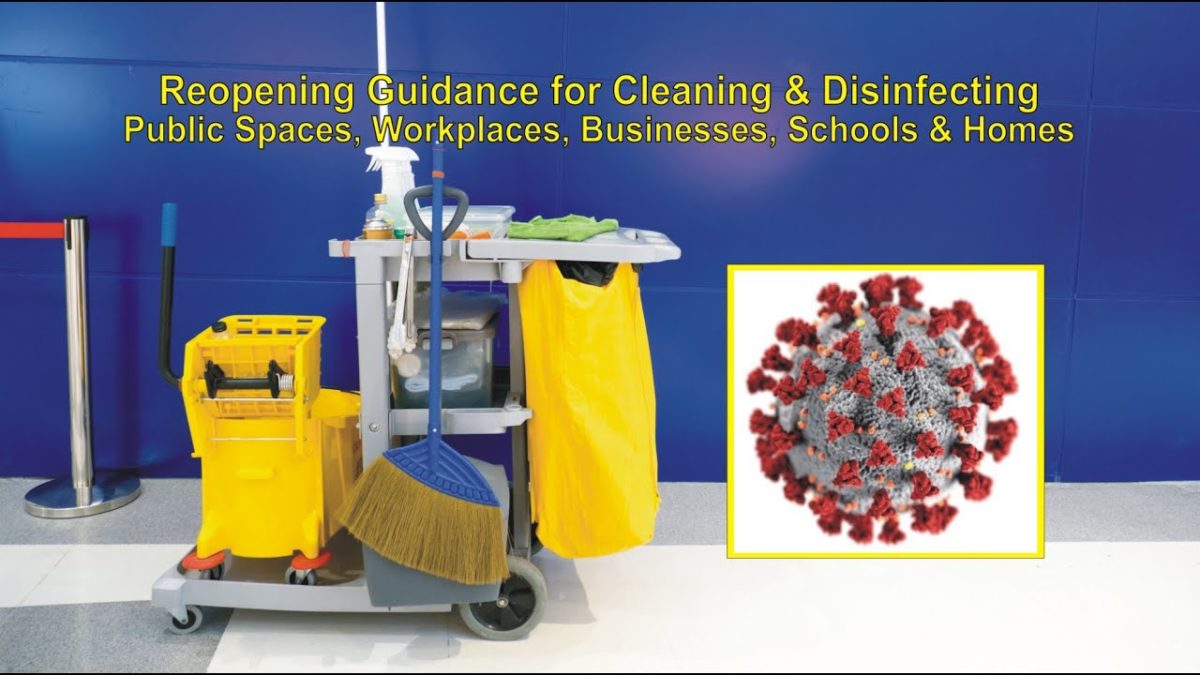DETERMINE WHAT NEEDS TO BE CLEANED.
Areas unoccupied for 7 or more days need only routine cleaning. Maintain existing cleaning practices for outdoor areas.
DETERMINE HOW AREAS WILL BE DISINFECTED.
Consider the type of surface and how often the surface is touched. Prioritize disinfecting frequently touched surfaces.
CONSIDER THE RESOURCES AND EQUIPMENT NEEDED.
Keep in mind the availability of cleaning products and personal protective equipment (PPE) appropriate for cleaners and disinfectants.
CLEAN VISIBLY DIRTY SURFACES WITH SOAP AND WATER prior to disinfection.
USE THE APPROPRIATE CLEANING OR DISINFECTANT PRODUCT.
Use an Environmental Protection Agency (EPA)-approved disinfectant against COVID-19 and read the label to make sure it meets your needs.
ALWAYS FOLLOW THE DIRECTIONS ON THE LABEL.
The label will include safety information and application instructions. Keep disinfectants out of the reach of children.
CONTINUE ROUTINE CLEANING AND DISINFECTION.
Continue or revise your plan based on appropriate disinfectant and PPE availability. Dirty surfaces should be cleaned with soap and water prior to disinfection. Routinely disinfect frequently touched surfaces at least daily.




